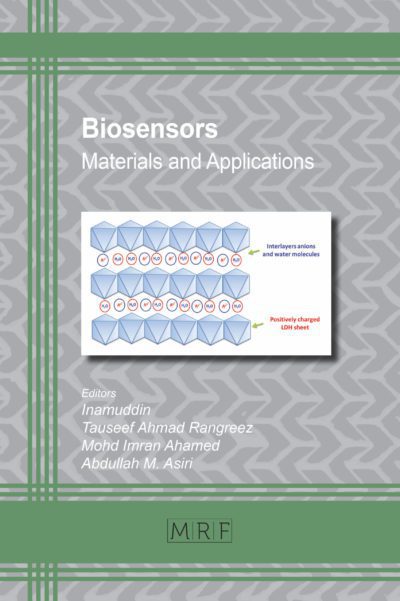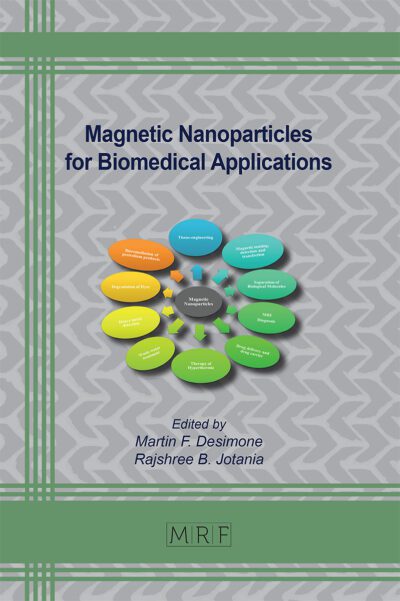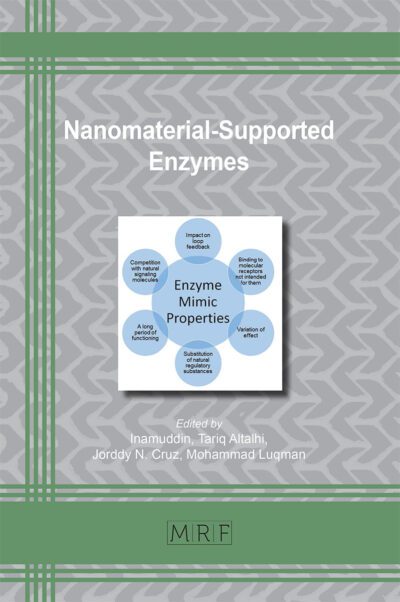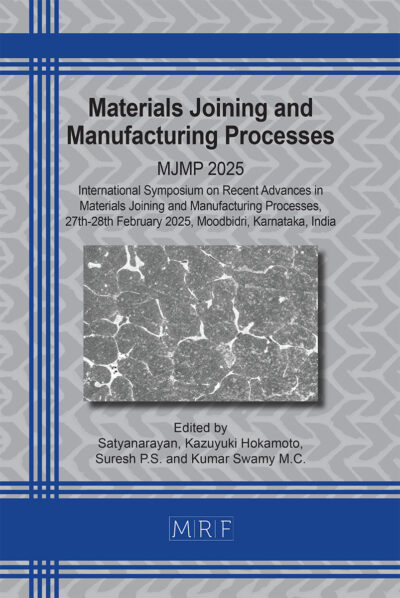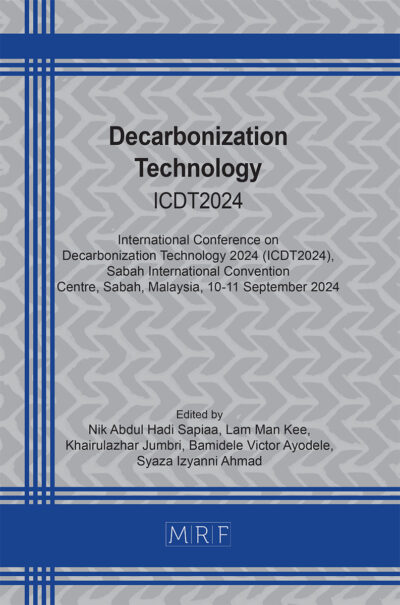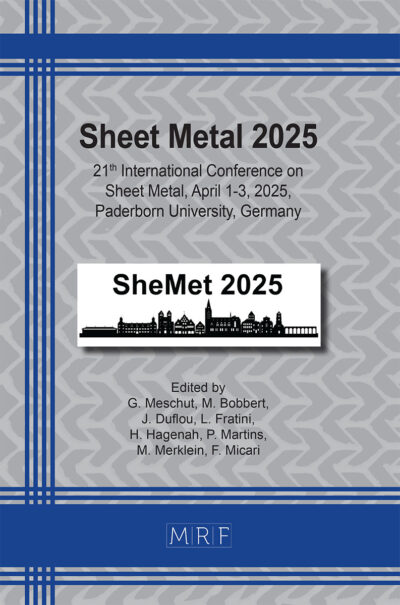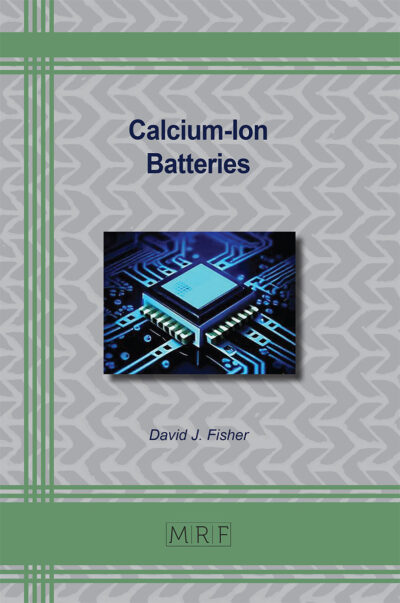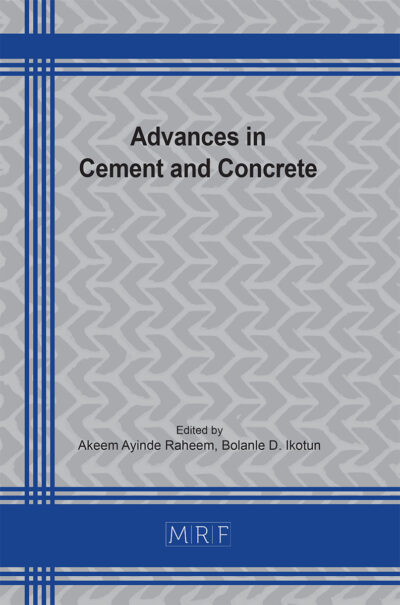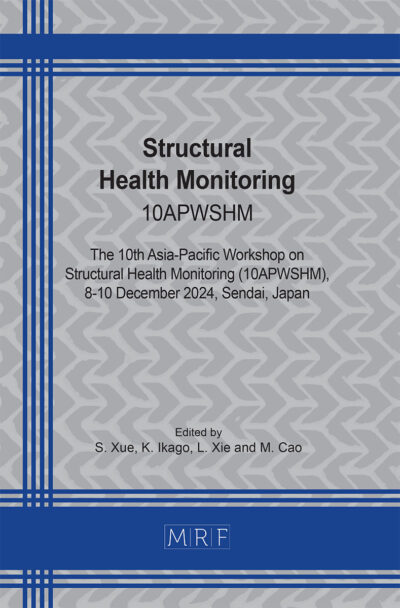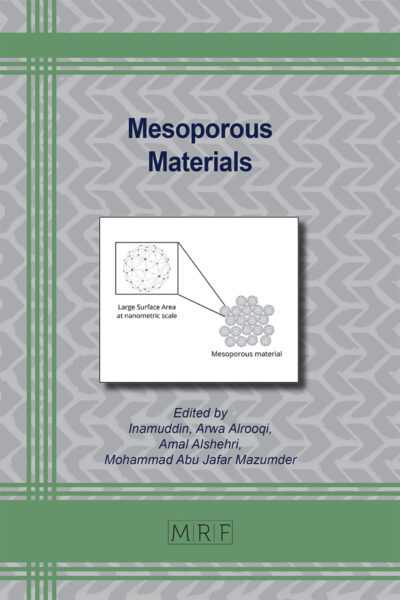Durian seed starch-nanostructured-based fillers modification to enhance film appearance
ASYIFA Andey, HIROSHI Uyama, SYAZANA Abdullah Lim
Abstract. Durian seeds (Durio zibethinus Murr) are frequently discarded, adding to biomass waste. This research presents a green, economical, and high practicality approach for the fabrication of durian seed starch nanoparticles (DSS-NPs) derived from durian seed (Durio Zibethinus Murr) employing high pressure homogenizer to enhance its visual properties of film in sustainable applications. DSS-NPs suspension films were developed, and non-nanoparticle durian seed starch (DSS) suspension film was used as comparison. Morphological and structural aspects, including thickness and transparency of the suspension films were assessed. Thickness measurements for DSS and DSS-NPs films were recorded as 0.199 mm and 0.125 mm, respectively. The transparency of film revealed that it increased in DSS-NPs film, exhibiting higher absorbance values compared to DSS film. This indicated that DSS-NPs films exhibited enhanced compatibility in terms of morphology and appearance when compared to non-nanoparticle film which suggests significant potential for the application of DSS-NPs in diverse fields such as packaging materials and biomedical applications.
Keywords
Durian Seed Starch, Nanoparticles, High Pressure Homogenization, Green Application
Published online 4/25/2025, 7 pages
Copyright © 2025 by the author(s)
Published under license by Materials Research Forum LLC., Millersville PA, USA
Citation: ASYIFA Andey, HIROSHI Uyama, SYAZANA Abdullah Lim, Durian seed starch-nanostructured-based fillers modification to enhance film appearance, Materials Research Proceedings, Vol. 53, pp 81-87, 2025
DOI: https://doi.org/10.21741/9781644903575-7
The article was published as article 7 of the book Decarbonization Technology
![]() Content from this work may be used under the terms of the Creative Commons Attribution 3.0 license. Any further distribution of this work must maintain attribution to the author(s) and the title of the work, journal citation and DOI.
Content from this work may be used under the terms of the Creative Commons Attribution 3.0 license. Any further distribution of this work must maintain attribution to the author(s) and the title of the work, journal citation and DOI.
References
[1] M H S Ginting, R. H. Effect of Hydrochloric Acid Concentration as Chitosan Solvent on Mechanical Properties of Bioplastics from Durian Seed Starch (Durio Zibethinus) with Filler Chitosan and Plasticizer Sorbitol. IOP Conference Series: Materials Science and Engineering, 2017.
[2] Amaraweera, S.M.; Gunathilake, C.; Gunawardene, O.H.P.; Fernando, N.M.L.; Wanninayaka, D.B.; Dassanayake, R.S.; Rajapaksha, S.M.; Manamperi, A.; Fernando, C.A.N.; Kulatunga, A.K.; et al. Development of Starch-Based Materials Using Current Modification Techniques and Their Applications: A Review. Molecules 2021, 26, 6880. https://doi.org/10.3390/molecules26226880
[3] Caicedo Chacon, W. D., Gaviria, Y. A. R., Zapelini de Melo, A. P., Verruck, S., Monteiro, A. R., Valencia, G. A. Physicochemical Properties and Potential Food Applications of Starches Isolated from Unconventional Seeds: A Review. Biosynthesis Nutrition Biomedical 2023. https://doi.org/10.1002/star.202200228
[4] Marichelvam, M.K.; Jawaid, M.; Asim, M. Corn and Rice Starch-Based Bio-Plastics as Alternative Packaging Materials. Fibers 2019, 7, 32. https://doi.org/10.3390/fib7040032
[5] Handayani, P. A., Devi, A. L., and Ganisha, N. A., “Optimization of the Elongation of Bioplastic from Durian Seed Starch Using Response Surface Methodology”, in IOP Conference Series: Earth and Environmental Science 2023, vol. 1203, no. 1. https://doi.org/10.1088/1755-1315/1203/1/012002
[6] N D Permatasari, J E Witoyo, E Ni’maturohmah, M Masruri, S S Yuwono, and S B Widjanarko. Potential of durian seed (Durio zibenthinus Murr.) flour as the source of eco-friendly plastics materials: a mini-review. 2021 https://doi.org/10.25181/icoaas.v2i2.2483
[7] Retnowati, Diah & Ratnawati, Ratnawati & Purbasari, Aprilina. (2015). A biodegradable film from jackfruit (Artocarpus heterophyllus) and durian (durio zibethinus) seed flours. Scientific Study and Research: Chemistry and Chemical Engineering, Biotechnology, Food Industry. 16. 395-404.
[8] M. Nikolic, Z. V. (2021). Metal oxide nanoparticles for safe active and intelligent food packaging. Trends in Food Science & Technology, 655-668. https://doi.org/10.1016/j.tifs.2021.08.019
[9] Qiang Yang, X. H. Preparation of starch nanoparticles by jet cavitation and enzymatic hydrolysis and their application in starch films. LWT. 2023 https://doi.org/10.1016/j.lwt.2023.115138
[10] Liu M, Guo X, Ma X, Xie Z, Wu Y, Ouyang J. Physicochemical properties of a novel chestnut porous starch nanoparticle. Int J Biol Macromol. 2024 Mar;261(Pt 2):129920. doi: 10.1016/j.ijbiomac.2024.129920. Epub 2024 Feb 2. PMID: 38311128.
[11] Coles, R., & Kirwan, M. J. (2011). Food and beverage packaging technology. John Wiley & Sons. https://doi.org/10.1002/9781444392180
[12] Jannah, N. R., Jamarun, N., & Putri, Y. E. (2021). Production of Starch-Based Bioplastic from Durio zibethinus Murr Seed Using Glycerol as Plasticizer. Jurnal Riset Kimia, 12(2). https://doi.org/10.25077/jrk.v12i2.398
[13] Rahmawati, S., Aulia, A., Hasfah, N., Nuryanti, S., Abram, P.H., Ningsih, P. (2021). The utilization of durian seeds (Durio Zibethinus Murr) as a base for making edible film. International Journal of Design & Nature and Ecodynamics, Vol. 16, No. 1, pp. 77-84. https://doi.org/10.18280/ijdne.160110
[14] Pimpa, W. & Pimpa, Chakriya & Junsangsree, P. Development of Biodegradable Films Based on Durian Seed Starch. Advanced Materials Research 2022, 506. 311-314. https://doi.org/10.4028/www.scientific.net/AMR.506.311
[15] Noryawati Mulyano, M. T. (2015). Development of bioplastic based on Cassava flour and its starch derivatives for food packaging. Journal of Harmonized Reserach in Applied Sciences, 125-132.


